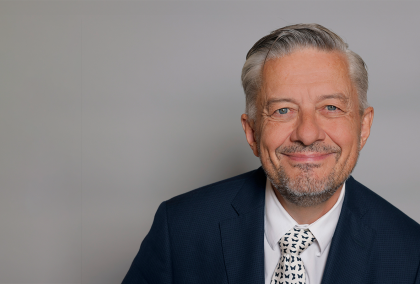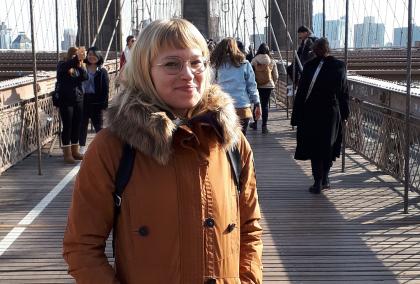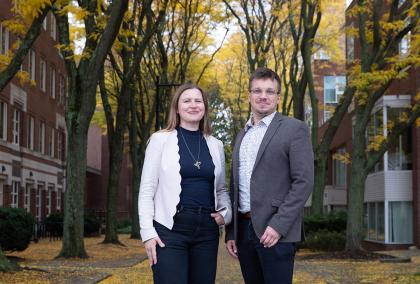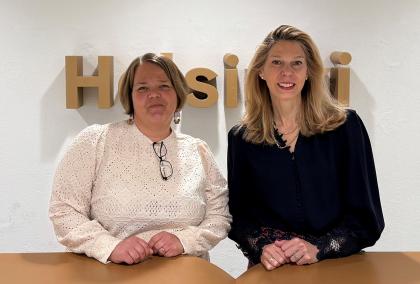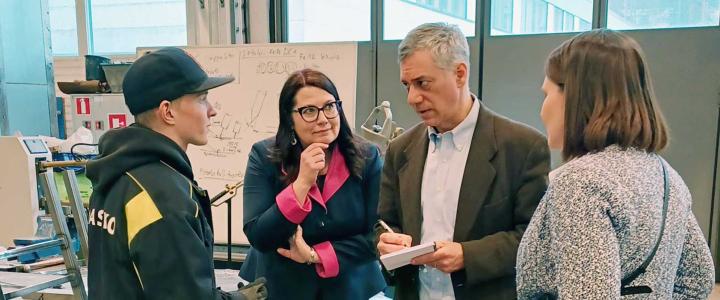

In studying Finnish primary and lower-secondary schooling for a book I was writing on comparative education policy early in my academic career, I took a detour in 2010 to visit an upper-secondary vocational school in Lohja called Luksia. The late Matti Saarinen, a Social Democratic MP from Lohja I had come to know, told me that to understand Finnish education, I had to spend time at a school like Luksia, which he knew well as a former administrator there.
Esa Karvinen, the head of Luksia, hosted me for breakfast at the start of the day and then showed me one sparkling program after another, from cosmetology and culinary arts to auto maintenance, before returning to the cafeteria for lunch prepared by students in the culinary arts program. Karvinen afterward gave me a tour of the Emergency Medical Services (EMS) program and then drove me around Lohja to visit businesses where students were doing apprenticeships.
The final stop was a serpentine drive from the center of town. Karvinen didn’t tell me where we were heading. He merely said that he was now going to show me something truly special. He pulled the car over at the edge of a flooded former stone quarry. For a minute, I thought this was the end. I had entered a chapter in an unwritten Stieg Larsson novel.
Karvinen beamed, “This is our diving program!” Karvinen explained that students dive in this former quarry 365 days a year and learn how to do underwater ship and pipeline repair and much more. The visibility is unparalleled, he added.
The world has as much to learn from Finland’s robust vocational system as it does from the country’s progressive pedagogical philosophy and rigorous approach to teacher preparation.
With that introduction to Finnish vocational education, I knew Saarinen was right. In particular, it was clear that all the attention to Finland’s impressive results on the OECD’s Program for International Student Assessment (PISA) had obscured an equally if not more important story. The world has as much to learn from Finland’s robust vocational system as it does from the country’s progressive pedagogical philosophy and rigorous approach to teacher preparation. I resolved after that visit to someday write a comparative analysis of vocational education. To that end, I applied in 2022 for a Fulbright to study the evolution of vocational education in Finland.
With the University of Turku as my base, I have been shadowing teachers at the Turku Vocational Institute as well as visiting similar programs in Raisio and Jyväskylä and interviewing apprenticeship counselors.
Differences Between Systems
U.S. vocational education does not compare to the Finnish version. While 40 to 45 percent of students at the upper-secondary level in Finland attend vocational schools, only 5 percent do so in the U.S. While Finland spends 1 percent of GDP on job training, the U.S. spends only 0.1 percent.
The consequences of these distinctions for the U.S. are grim. So many students at the upper-secondary level in the U.S. miss out on working with their hands as well as their minds. In addition, while passage of a trillion-dollar infrastructure bill in 2021 marked an important victory for President Joe Biden, we don’t have the skilled labor to meet the bill’s goals to build solar and wind farms, expand broadband, and upgrade mass transit. More fundamentally, without a strong vocational school system, we don’t have the foundation for a healthy middle class.
Replicating the Finnish model, however, represents a daunting task because the success of the system has as much to do with the country’s social contract as it does with teaching methods and facilities. The wage and benefit penalties for someone in the U.S. with a diploma in auto maintenance or culinary arts, for example, can be severe. Not so in Finland. Because of income compression, the salary of a garage mechanic or baker will not, as in the U.S., be dwarfed by that of a doctor, lawyer, or engineer. Because of everyday equity, the garage mechanic or baker will not, as in the U.S., have to worry about maternity/paternity leave, solid health-care coverage, affordable daycare, paid vacation, and decent retirement funding.
The challenge to improving vocational education in the U.S. is accordingly steep. Conceding that is the necessary first step to making progress.
Read the whole Fulbright Finland News 1/2023!
